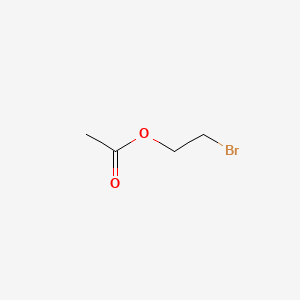|
Name: Diphenoxylate preparations 2.5 mg/25 ug AtSO4
Type: Antidiarrheal
AKA: Lomotil, Logen

|
|
II. Natural Derivative
Synthetic substance, no natural derivative
 |
|
III. Chemical Profile (IUPAC name)

|
|
IV. History
Diphenoxylate, an opioid derivative, was developed in the 1960s. It is used to treat diarrhea and is often combined with atropine to prevent misuse. Its role in managing gastrointestinal conditions remains significant

|
|
V. Legal Information
Diphenoxylate is an opioid used to treat diarrhea. Its preparations are controlled due to the potential for abuse and addiction. [Source: UNODC].
US Federal Schedule - V
Schedule V drugs, substances, or chemicals are defined as drugs with lower potential for abuse than Schedule IV and consist of preparations containing limited quantities of certain narcotics. Schedule V drugs are generally used for antidiarrheal, antitussive, and analgesic purposes. Some examples of Schedule V drugs are: cough preparations with less than 200 milligrams of codeine or per 100 milliliters (Robitussin AC), Lomotil, Motofen, Lyrica, Parepectolin.
Key US Federal Policies:
Controlled Substances Act. Public Law: Public Law 91-513 (text can be found on GovInfo) (https://www.dea.gov/drug-information/csa). Date enacted: October 27, 1970.
|
|
VI. Physical Effects
Diphenoxylate is used to treat diarrhea and acts as a downer. It causes reduced gastrointestinal motility, sedation, and constricted pupils. Short-term use is effective for managing diarrhea, while long-term use can lead to constipation and dependency. Risks of overdose include severe respiratory depression and potential death. Safe use involves adherence to prescribed doses. Recent research highlights its effectiveness and risks associated with opioid-like properties.  |
|
VII. Psychological Effects
Diphenoxylate, an opioid used in combination with atropine, affects mu-opioid receptors, leading to euphoria and sedation. Immediate effects include mood elevation and gastrointestinal relief, lasting several hours. Long-term use may result in addiction, cognitive impairments, and mood disturbances. Research focuses on its efficacy as an antidiarrheal and associated risks of psychological dependence.
 |
|
VIII. Culture
Diphenoxylate is used as an antidiarrheal medication. Its cultural significance lies in its role in managing diarrhea and gastrointestinal conditions. Media coverage often addresses its effectiveness and the risks associated with its use. Diphenoxylate is used medicinally and is part of broader discussions about gastrointestinal health and treatment options for diarrhea.
 |
